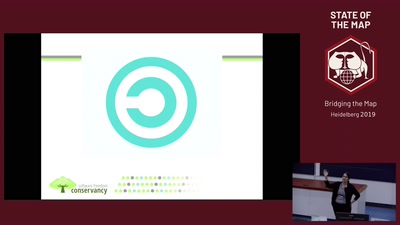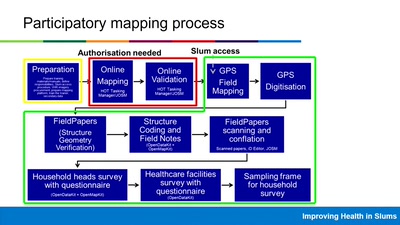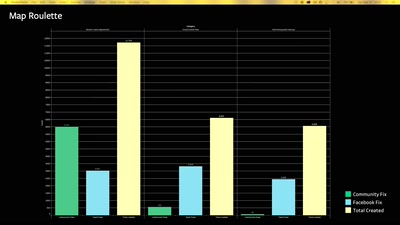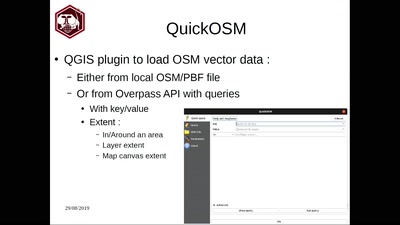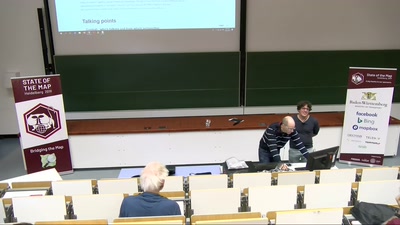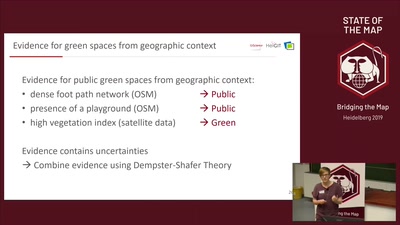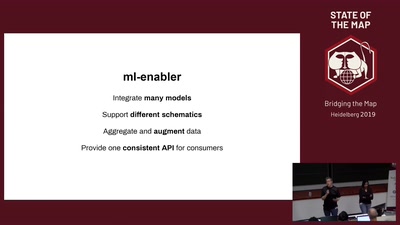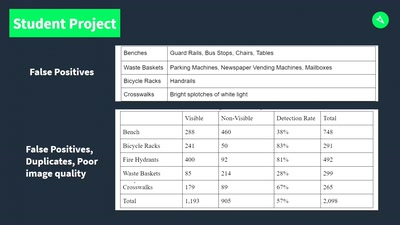OSM Quality Mapping : Metrics to monitor Buildings outbounds
Mapathons and Imports represent a Quality Challenge for the OSM community. This presentation focuses on Buildings. It presents Metrics and show progress of tools development to monitor and correct Quality problems in the OSM database or before importing.
Mapathons and Building import projects represent major OSM Quality problems to monitor. Potentiel 3.0 and OSM-RDC started a project in 2018 to monitor Data quality problems. We present the work done with metrics to monitor quality problems among various Projects (see [OpenDataLabRDC Blog Articles about Building Quality](https://opendatalabrdc.github.io/Blog/#!index_en.md) ). Individual building geometries are evaluated and classified (ie. orthogonal, quasi-orthogonal or irregular). Topological errors are detected (ie. incomplete polygon, self-crossing, overlaps). Geojson visualisations and Statistics let evaluate a project. Output of List of osm_id's for various problems (ie. topological error, irregular building) let's import simply into JOSM with Overpass queries.
Current development is to go a step further and correct buildings quasi-orthogonal angles in an OSM file taking into account neighbor buildings to avoid distorsions with blocks of buildings aligned on a street (See [OQ_Analysis](https://github.com/pierzen/OQ_Analysis)).
Programming is based on the Osmosis schema, Python and PostgreSQL-PostGIS. OSM files to analyse can be imported from various sources (ie. Geofabrik, Overpass, osm export). Each OSM file (specific date-Zone) is converted to PosGIS and stored in a specific PostgreSQL schema via Osmosis. The topological analysis and geometry measures are made with PostGIS functions.

